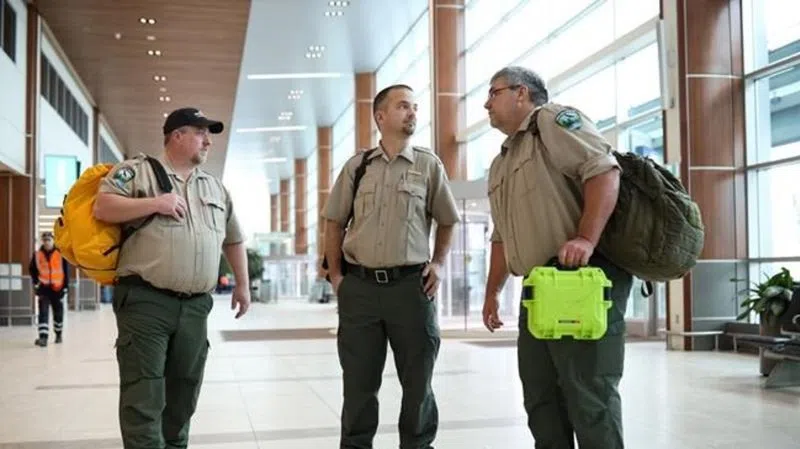
Canadian firefighters expect to use tailored tactics to battle Australia blazes
HALIFAX — As Canadian firefighters boarded flights Wednesday to battle blazes in Australia, they noted they will likely have to employ some different tactics than they do to fight local fires.
In Halifax, the first three of 69 Canadian firefighters heading to the island continent said hotter temperatures and drier conditions call for different measures than typical East Coast fires, where water is plentiful and the blazes are slower.
Paul Schnurr, a wildfire training officer with the Nova Scotia Department of Lands and Forestry, said differing weather, topography and ecology affect forest fires, and Canadians are trained to work with all of those variables.
However, the incident commander says the Australian bush fires can spread quickly due to the lack of moisture, and response tactics often include extensive use of heavy equipment to clear gaps in the landscape.


